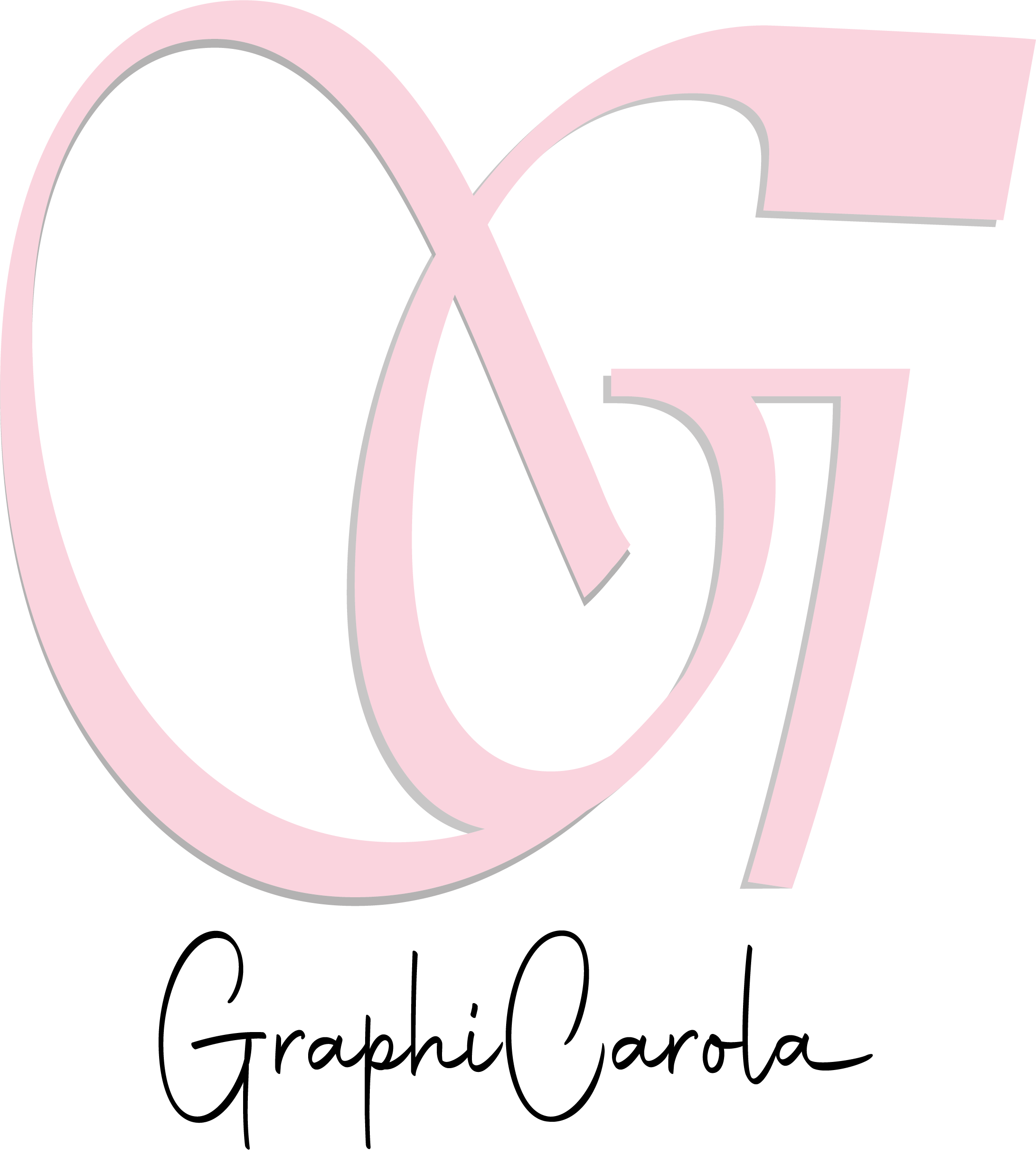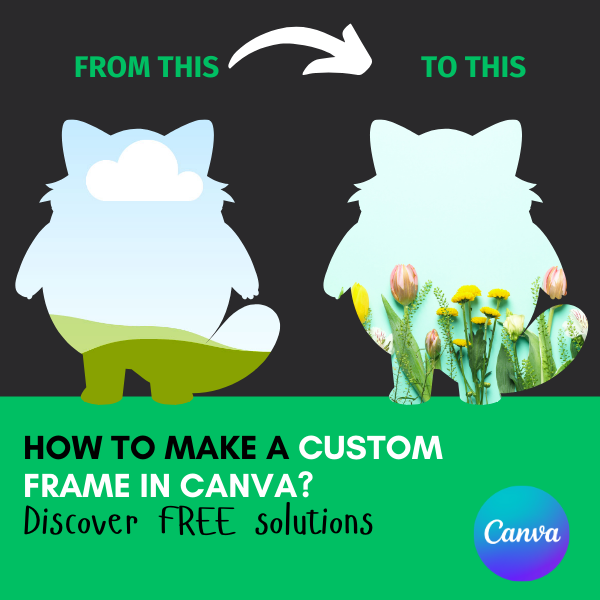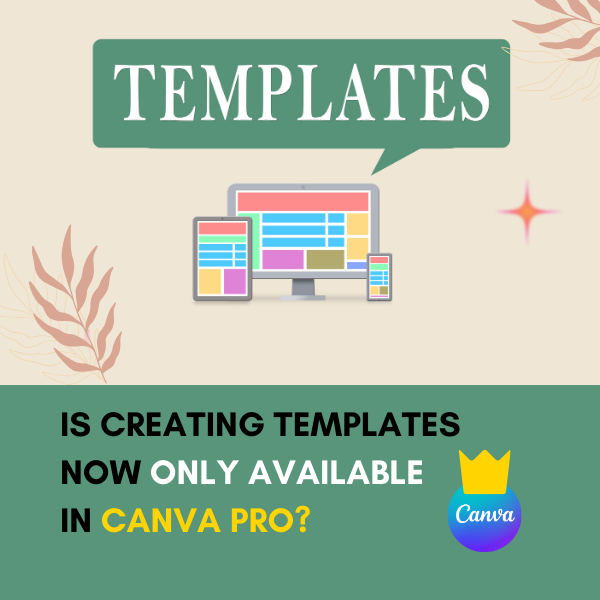Your cart is currently empty!
In the world of design and marketing, mockups play a crucial role in visualizing and presenting concepts before finalizing a project. From websites and apps to packaging and branding materials, mockups provide a realistic representation of how a design will look in its intended environment. In this article, we’ll delve into the definition of mockups, explore different types, and discuss the benefits they offer to designers, marketers, and businesses alike.
What is a Mockup?
A mockup is a realistic representation or prototype of a design concept. It serves as a visual tool that allows designers to showcase their ideas in a tangible form before proceeding with the final implementation. Mockups can range from simple sketches or wireframes to highly detailed digital simulations, depending on the complexity of the project and the intended purpose.
Types of Mockups:
- Digital Mockups: Graphic design software is used to create digital representations of designs. These mockups are commonly used for websites, apps, user interfaces, and digital marketing materials. They allow designers to visualize how their designs will appear on various devices and screen sizes.
- Physical Mockups: Physical mockups, also known as prototypes or models, are tangible representations of designs created using physical materials such as paper, cardboard, or foam. They are commonly used for product packaging, product prototypes, and architectural models. Physical mockups provide a hands-on experience and allow stakeholders to assess the design’s usability and functionality in real life.
- Print Mockups: These digital representations of designs are intended for printed materials such as brochures, posters, business cards, and packaging. They allow designers to preview how their designs will appear when printed, including factors like color accuracy, typography, and layout.
Benefits of Mockups:
- Visualization: Mockups help stakeholders visualize and understand design concepts more effectively than verbal descriptions or written briefs. They provide a concrete reference point for discussing and refining design ideas.
- Feedback and Iteration: Facilitating the feedback and iteration process, mockups allow stakeholders to provide input and suggestions based on visual representations of the design. This iterative approach helps improve the quality and usability of the final product.
- Cost and Time Savings: By identifying potential design flaws and usability issues early in the process, mockups help minimize the need for costly design revisions and redevelopment later on. This ultimately saves time and resources during the project lifecycle.
- Client Presentation: Invaluable tools for client presentations and pitches, mockups enable designers to showcase their ideas in a visually compelling manner, increasing client engagement and buy-in.
- Marketing and Promotion: Often used for marketing and promotional purposes, mockups showcase products, services, or design concepts to potential customers or investors. They help generate interest and excitement around a project before it’s fully realized.
Mockups are essential tools for designers, marketers, and businesses looking to visualize, refine, and present design concepts effectively. Whether digital, physical, or print-based, mockups offer numerous benefits throughout the design process. From ideation and feedback to client presentations and marketing. By understanding the different types and applications of mockups. Designers can harness their power to create impactful and successful design solutions.
Keywords:
- Mockup
- Design mockup
- Digital mockup
- Physical mockup
- Print mockup
- Prototype
- Visualization
- Design concept
- Design presentation
- Feedback and iteration
- Design process
- Client presentation
- Marketing and promotion




Leave a Reply